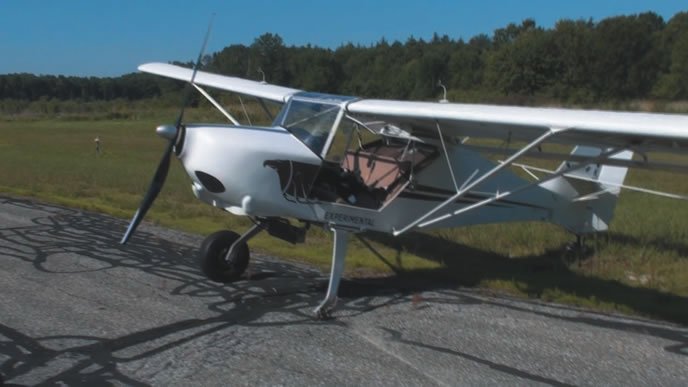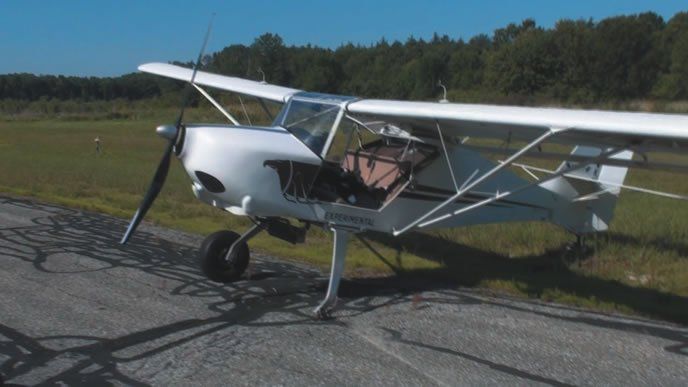We asked Jon Doolittle, principal of Sutton James aviation insurance brokers and a CFI, about the insurance market for a new tailwheel pilot buying his dream airplane. He told us that it depends a little on what kind of airplane. For Cubs, Champs, Citabrias and similar, fairly benign handling machines, 10 hours of dual, including a tailwheel sign off, will work. Some companies do not require a specific number of hours, just an endorsement will suffice.

Nevertheless, a pilot getting into something that is more than the conventional, entry-level tailwheel airplanes such as, for example, a Pitts Special, Cessna 185, T-6 or Boeing Stearman will probably take longer than a bare 10 hours to get coverage. The pilot may have to fly with an instructor or mentor pilot for some additional time beyond what is needed for a tailwheel endorsement.
What an insurance company will require for time in type and dual instruction also depends upon the limits of liability. An owner carrying $1 million smooth (no sublimits) policy will probably be required to fly more than the pilot buying a $1 million policy that has $100,000 per person sublimits.
Value will factor into the decision of the insurance company about the experience the pilot needs. The new owner getting checked out in a Beech 17 Staggerwing will probably have to spend more time than the owner checking out in a Stearman that is worth only a third of the value of the Staggerwing.
Then there’s the unknown factor that goes into buying aviation insurance—insurance brokers tell us that sometimes they cannot understand how an aviation insurance underwriter comes up with a requirement. Few underwriters have had a chance to fly a tailwheel airplane, so some have exaggerated fears of covering them and some don’t know that they should have some healthy fear—so there can be a randomness to the process. In today’s soft market, brokers are telling us that they have been able to place coverage for relatively inexperienced pilots that they could not have placed 10 years ago.


